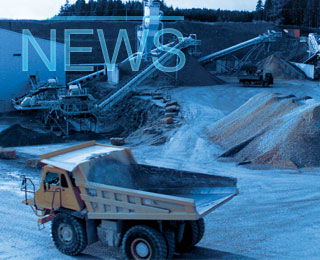Siam City Cement PCL Thailand’s second-biggest cement maker, reported a better-than-expected 2004 net profit on Wednesday, driven by strong cement sales. The firm expected Thai cement demand to grow 11-15 per cent to 28-29Mt this year on public infrastructure spending and its cement sales would rise at least 11 per cent this year, Managing Director Leo Mittelholzer told a news conference. Government spending on infrastructure, including transport projects and the expansion of power capacity, was likely to hit 1.5 trillion baht over the next 10 years, analysts said.
Siam City, 32 per cent owned by Swiss cement giant Holcim , said it made a net profit of 4.14 billion baht ($108m), or 17.25 baht per share, due to higher domestic sales and the sale of an investment. The profit was slightly above the expectations of analysts polled by Reuters Estimates, whose forecasts averaged 3.98 billion baht, rising to 4.5 billion baht in 2005. Analysts said they expected Siam City to benefit from strong domestic cement demand but rising cost of energy, mainly coal, would eat into its profit margin.
The company’s financial statement showed fourth quarter profits rose 31 per cent to 877.6 million baht from a year earlier but fell 21 percent from the third quarter. The fourth quarter was marked by weaker domestic selling prices, due to slacker seasonal demand, and lower gross margins compared with the previous three quarters, but cement prices had held up in the first quarter, analysts said.
Siam City said its full year revenues rose 21 per cent to 21.2 billion baht, including a 180 million baht gain on the sale of its 53.4 percent stake in Royal Porcelain PCL.
Siam City expects to run cement production at full capacity of 14.5Mt this year, mainly for domestic sales, Mittelholzer said. It aimed to maintain a market share at last year’s 28 per cent, when it sold 10.4Mt, of which 7.1Mt were domestic sales, he added. Its wholly owned Siam City Concrete planned to spend 420 million baht this year to build 20 ready mixed concrete factories and expected to double its share of the ready mixed concrete market to 16-17 per cent, another executive said. It now has 40 sites.
